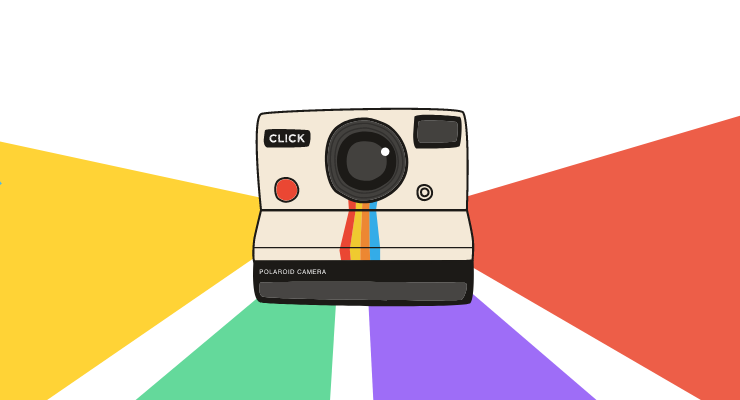Collecting photos for the yearbook can be a daunting task. First, there is the issue of collecting quality photos. Sometimes this cannot be avoided due to limited access to high quality equipment. Lack of technical skills can also be a contributing factor to the quality of the photos. Then there is the issue of photos not being submitted in a timely manner. After all, we know by the number of late assignments that students are not always great with punctuality. Also sending photos may not be a priority to parents, staff and students. Then there is the issue of making sure that all the information needed for the photo collection have been submitted. Because the individuals collecting the photos are often inexperienced or lack the knowledge of why the information is important, this portion of the photo collection can often be neglected or forgotten.
Photo Taking Tips
A great place to start in the processes of collecting great yearbook photos is to ensure that those taking the photos can take quality photos in the first place. Taking great photos is an artform in itself. High-tech equipment is not necessary for the yearbook purposes. These photos do not have to be Hollywood production level; however, having photos that really capture great angles and use lighting effectively can make all the difference in simplifying the process. With a little guidance, students, parents and staff can have enough knowledge to take their own beautiful photos, which they will make them feel comfortable seeing in the yearbook.
There are many techniques that students, parents and staff can use to take great photos. For students taking selfies, knowing how to capture great angles of themselves will help them become more confident in the photos they submit and give them a confidence boost. The more confident a student is with the photos they are submitting, the more likely they are to submit photos that require little editing. In turn, this will make the job of yearbook editors less difficult. When taking selfies, the subject should avoid looking directly at the camera. Instead, they should angle their device slightly downward or turn their heads slightly away from the camera. This will ensure that the flattering features are highlighted.
Great lighting will make all the difference when taking photos. The best way to achieve this is through diffused natural lighting. This means that the concentration of the light source is spread evenly throughout the beam of light. When there is too much concentration of light on a subject, certain parts of the face and body can become exaggerated by shadows or detail can be lost because of light overexposure. In contrast, diffused lighting has the ability to make imperfections like wrinkles and facial features less visible. Diffused lighting can be accomplished through avoiding direct sunlight onto the subject. Facing a window is a common solution to achieving this effect. When outside, taking pictures on overcast days or in areas that blocks out the sun’s direct rays will also help achieve this effect. When natural light is not available, using reflective materials such as white walls for example can also create this diffused lighting effect.
There are also things that the subject can do to make their photos more palatable. A nice smile goes a long way. Smiles should not be forced by contorting the facial features to grin that is too large and overexaggerated. Instead, the smile should be natural. Thinking of a funny situation or a happy thought can often help produce that natural smile. Practice makes perfect! The subject should look at themselves in the mirror when practicing their smile. This would give them an understanding of how others are seeing their smile. Looking directly into the camera is another tip that will also help create better photos. People are naturally gravitated to the eyes of the subject. So, when the subjects stares into the camera, viewers can feel a connection to the individual.


